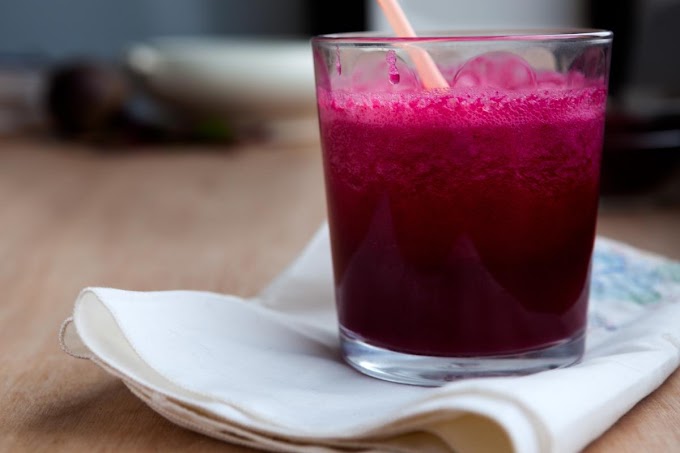Japanese sushi rice is a staple for making authentic sushi, and its unique texture and flavor are key to creating delicious sushi dishes. Sushi rice, or "shari" in Japanese, uses short-grain Japanese rice, which is known for its sticky and tender texture when cooked. The process of making sushi rice involves a few essential steps to achieve the right flavor and texture, including washing, cooking, and seasoning the rice. Here’s a complete guide on how to make Japanese short-grain sushi rice at home, along with tips and tricks to perfect it.
Understanding the Basics of Sushi Rice
Before we dive into the recipe, it’s important to understand why Japanese short-grain rice is the preferred choice for sushi. Short-grain rice has higher levels of starch, which gives it a sticky quality, essential for sushi rolls and other Japanese dishes. This stickiness helps the rice hold its shape, making it easy to form into sushi balls or stick to nori sheets when making sushi rolls.
While long-grain rice (like basmati or jasmine) is fluffy and separates when cooked, Japanese short-grain rice binds together well. For authentic sushi rice, look for rice labeled as “sushi rice” or “short-grain Japanese rice,” as these will provide the proper texture and stickiness.
Ingredients for Japanese Short-Grain Sushi Rice
To make perfect sushi rice, you’ll need just a few basic ingredients:
2 cups Japanese short-grain rice (sushi rice)
2 1/2 cups water (for cooking)
1/4 cup rice vinegar
2 tablespoons sugar
1 teaspoon salt
The rice vinegar, sugar, and salt are crucial for seasoning sushi rice. This combination gives sushi rice its distinctive taste, a balance of sweet, salty, and tangy flavors that complement sushi ingredients like fish, vegetables, and nori.
Step-by-Step Guide to Making Japanese Short-Grain Sushi Rice
Step 1: Rinse the Rice
Measure and rinse the rice: Start by measuring 2 cups of short-grain sushi rice and placing it in a large bowl. Add water to the bowl and gently swish the rice around with your hand. The water will turn cloudy, as it contains excess starch.
Drain and repeat: Drain the cloudy water and repeat the rinsing process about three to four times until the water runs clear. This step is essential for removing surface starch, which can make the rice overly sticky or mushy if left on. Clean, rinsed rice ensures a perfect, non-mushy texture.
Soak the rice: After rinsing, add fresh water to the bowl and let the rice soak for 30 minutes. This allows the grains to absorb water and ensures even cooking.
Step 2: Cook the Rice
Drain the soaked rice: After 30 minutes of soaking, drain the rice thoroughly and transfer it to a rice cooker or a heavy-bottomed pot.
Add water: Add 2 1/2 cups of water to the rice. If using a rice cooker, follow the appliance’s instructions for cooking sushi rice. If cooking on the stovetop, follow these instructions:
Cover the pot and bring the water to a boil over medium-high heat.
Once the water is boiling, reduce the heat to low and let the rice simmer for 15 minutes. Do not remove the lid during this time.
After 15 minutes, turn off the heat and let the rice sit, covered, for an additional 10 minutes. This resting period helps the rice finish cooking through steam, resulting in a fluffy, even texture.
Step 3: Make the Sushi Vinegar
Combine rice vinegar, sugar, and salt: While the rice is cooking, prepare the vinegar seasoning. In a small saucepan, combine 1/4 cup rice vinegar, 2 tablespoons sugar, and 1 teaspoon salt.
Heat the mixture: Warm the saucepan over low heat, stirring until the sugar and salt dissolve completely. Do not let the mixture boil; you just want to dissolve the ingredients. Once combined, remove the saucepan from the heat and let it cool to room temperature.
Step 4: Season the Rice
Transfer the rice: Once the rice has finished cooking and resting, transfer it to a large mixing bowl or a traditional wooden sushi rice tub, called a "hangiri" (if you have one). Using a wide, shallow container helps the rice cool faster and allows the seasoning to be mixed evenly.
Add the vinegar mixture: Pour the seasoned vinegar mixture over the rice. Using a rice paddle or a wooden spatula, gently fold the vinegar into the rice with a slicing motion. Avoid stirring vigorously, as this can crush the grains and make the rice mushy. Instead, gently mix to evenly distribute the vinegar.
Fan the rice: As you mix the vinegar into the rice, use a fan or a hand-held piece of cardboard to fan the rice. This cooling process helps to create a glossy, slightly sticky texture, essential for sushi rice. Fanning also helps evaporate excess moisture and gives the rice a shiny finish.
Let the rice cool: Allow the rice to cool to room temperature before using it for sushi. Cover the rice with a damp cloth to prevent it from drying out while it cools.
Step 5: Use the Sushi Rice
Your sushi rice is now ready to use! You can form it into rice balls (nigiri), layer it in bowls (like chirashi or poke), or roll it with nori and fillings to make classic sushi rolls (maki). The sushi rice can also be stored at room temperature for a few hours if kept covered with a damp cloth.
Tips and Tricks for Perfect Sushi Rice
Use high-quality Japanese rice: Authentic Japanese short-grain rice, such as Koshihikari or Calrose, yields the best results. Avoid using other types of rice, as they lack the stickiness needed for sushi.
Be precise with measurements: Sushi rice requires accurate measurements of rice, water, and vinegar for the best results. Use a kitchen scale or precise measuring cups.
Fan the rice for the perfect texture: Fanning while mixing helps create the iconic glossy look and perfect stickiness for sushi rice.
Avoid refrigerating the rice: Sushi rice should be served at room temperature. Refrigeration causes the rice to harden and lose its sticky quality, making it less suitable for sushi.
Customize the vinegar seasoning: Adjust the sweetness and saltiness of the seasoning to suit your taste. Some recipes include a bit more sugar or salt for extra flavor.
Use a damp cloth to cover: If you’re not using the rice right away, cover it with a damp cloth to keep it moist. Dry rice is difficult to work with and won’t taste as fresh.
Frequently Asked Questions About Sushi Rice
Q: Can I use regular vinegar instead of rice vinegar?
A: Rice vinegar has a mild and slightly sweet flavor that complements sushi rice. Regular vinegar can be too acidic and overpowering, so it's best to use rice vinegar for authentic taste.
Q: How long can I keep sushi rice at room temperature?
A: Sushi rice can be kept at room temperature for about 4-6 hours if covered with a damp cloth. After that, the rice may start to dry out. It’s best to make only as much sushi rice as you need for the day.
Q: Can I make sushi rice without a rice cooker?
A: Absolutely! You can make sushi rice on the stovetop with a heavy-bottomed pot. Just be mindful of the heat settings and avoid opening the lid during cooking.
Conclusion
Making authentic Japanese short-grain sushi rice at home is a rewarding process that elevates any sushi-making experience. By following the right steps—rinsing, cooking, and seasoning—you can create perfectly sticky and flavorful sushi rice that’s ideal for rolls, nigiri, and more. With a little practice and patience, you’ll be able to make sushi rice that rivals that of your favorite sushi restaurant, all from the comfort of your own kitchen.








Social Plugin